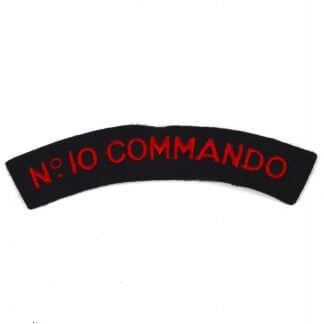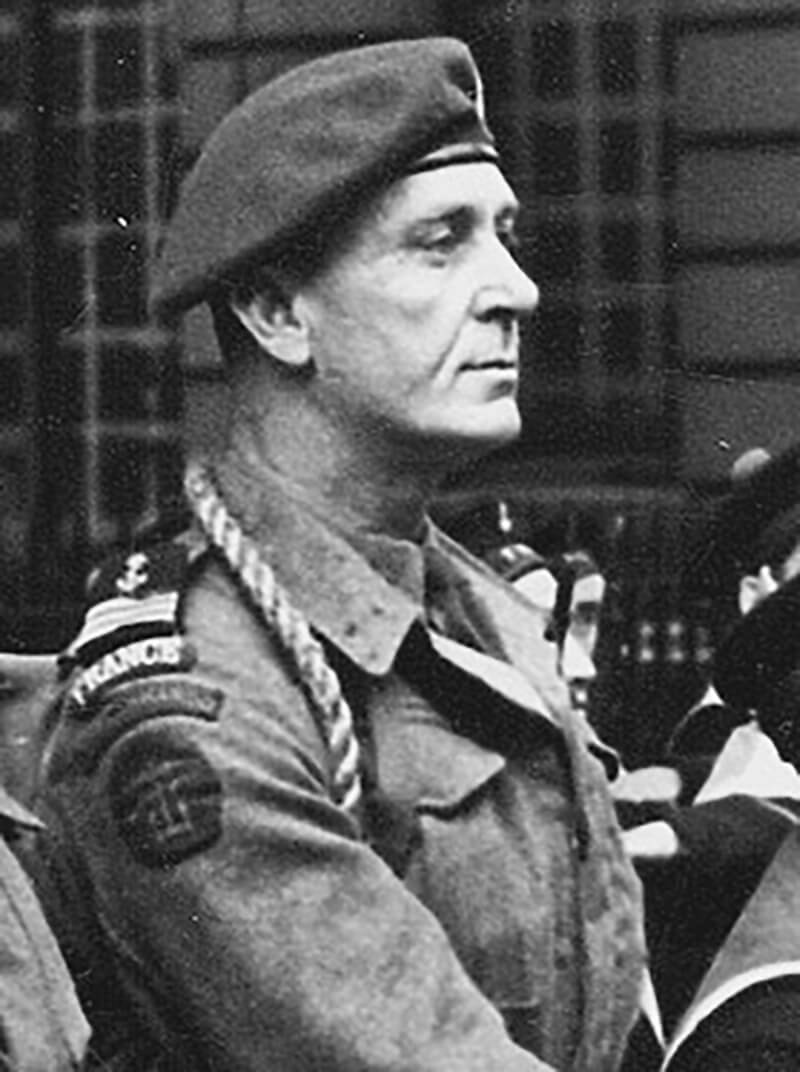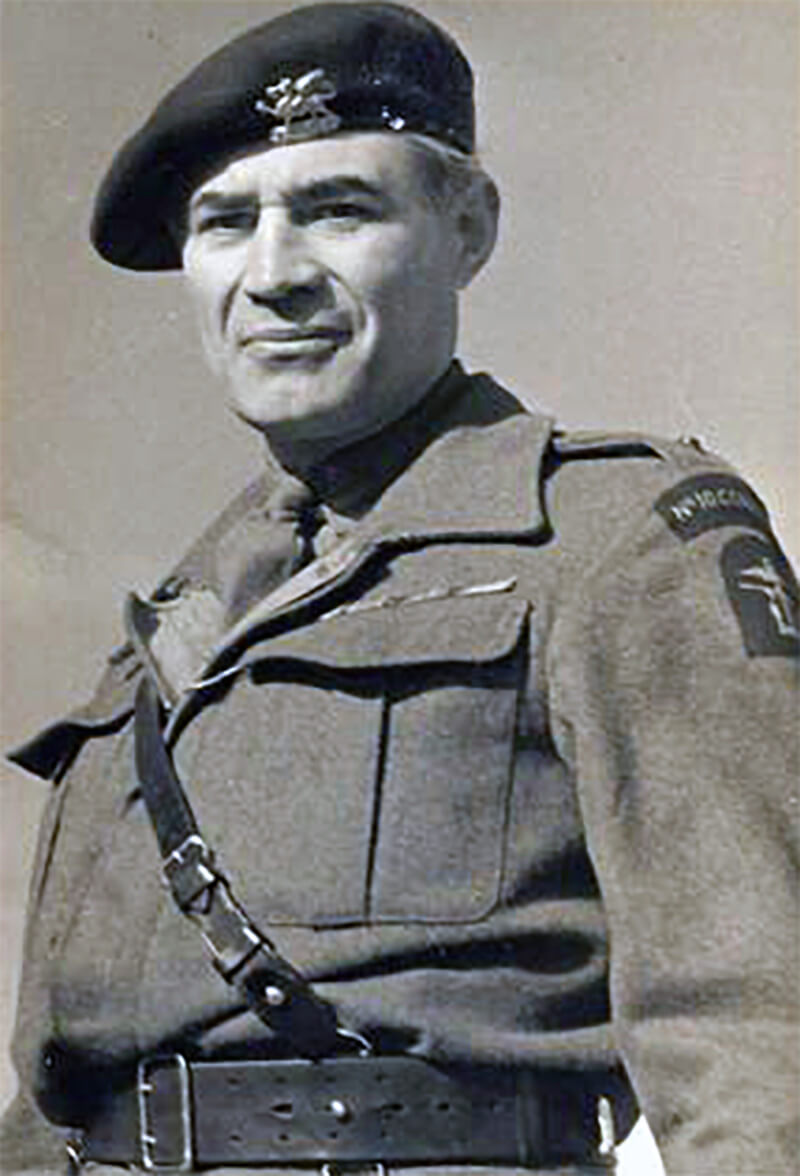| Badge |
 |
| Motto |
| – |
| Founded |
| June 16th , 1942 |
| Disbanded |
| September 4th, 1945 |
| Theater of Operations |
| North Africa * Djebel Choucha * Sedjenane Norway * Lofoten * Vaagso Middle East * Litani River Greece * Dodecanese Islands * Crete Burma * Alethangyaw * Kangaw * Myebom Italy * Porto San Venere * Sicily * Termoli * Anzio * Salerno * Argenta * Monte Ornito * Messina * Valli di Comacchio France * Saint Nazaire * Dieppe * Normandy The Netherlands * Arnhem * Nijmegen * Eindhoven * Westerschelde Germany * Rhine * Leese Madagascar |
| Foundation |
In August 1940 Northern Command tried raised a British volunteer unit called, No. 10 Commando. However, from all the ten primary commando units, No. 10 Commando was the only not to raise sufficient volunteers. A few months later the unit was disbanded, and the title became vacant.  Philippe Kieffer, initiator of No.10 (Inter-Aliied) Commando. Ever since the start of World War 2, refugees and volunteers from conquered countries had fled to Great Britain and many of them had joined British units. Some of them had served as translators on the commando missions in the occupied countries. It was the French junior officer Phillippe Kieffer who tried, inspired by the Lofoten Raid in 1941, to raise a French commando, to raid the French coast. After convincing French officers first, followed by the commander of the Special Service Brigade, Brigadier Haydon, Lord Mountbatten, Commander of Combined Operations, saw the use of such a commando. He insisted however that volunteers from other occupied countries could also join the unit.  Lieutenant-Colonel Lister Dudley Stuart Lister, commander of No.10 (Inter-Allied) Commando. On Jule 26th, 1942, Lieutenant Colonel Lister, the former commander of No. 4 Commando was ordered to raise No. 10 (Inter-Allied) Commando. Based at Troon, Scotland, the unit would initially consist of a Commando Headquarters and four troops. Each troop would have a Headquarters section and two sections. When firmly established the unit would increase its numbers of troops to eight. Commando Headquarters was formed with British officers. Besides Lister as commander there was a second in command and an intelligence officer and some NCO’s. There was a medical section, commanded by a medical officer and his orderly’s. A signal section, commanded by a signal officer and his men. A quartermaster, a training and a administration officer, completed with some drivers and batmen. The first troop to be formed was that under the newly promoted Lieutenant Kiefer. No.1 (French) troop was formed in June 1942. They were followed that same month by No. 2 (Dutch) Troop. No. 3 (Misc.) Troop joined them in July. This troops consisted of mostly Jewish volunteers. In August No. 4 (Belgium) Troop arrived. In October, No. 5 (Norwegian) Troop joined No.1o Commando. That very same month No. 6 (Polish) Troop joined the commando. No. 7 (Yugoslavian) Troop was added in 1943. Originally formed as the Mediterranean troop. However, due to the lack of Italian speaking troops and the surrender of Italy in November 1943, there was no need for an Italian speaking troop. It was renamed to Yugoslavian Troop. The last troop to join the ranks of the No. 10 Commando was another French troop, No. 8 (French) Troop. Attempts to raise a Japanese Troop failed. No. 10 Commando never fought as one unit, but members and troops were attached to other commandos and units, often as liaison troops. Until its disbandment in 1945, No. 10 Commando varied in size and composition. |

